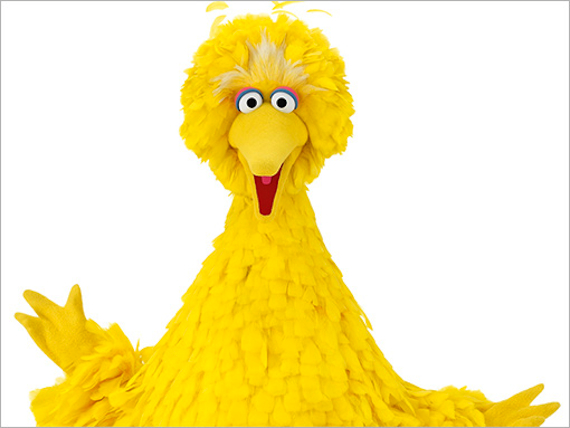We see it all the time. Athletes, celebrities and politicians
caught in embarrassing, compromising or downright felonious situations. Rarely
is it a victimless crime; someone has been harmed or wronged. The public makes
sport of speculating as to what really happened and why the act was committed.
Regardless of what we think the punishment should be, we
demand an apology. Often we are disappointed when said apology is delivered:
the half-hearted mumbling, the attempt to place blame on others or the equally
flaccid “I’m sorry if I offended anyone.”
This isn’t about those creatures who relish the glare of the
spotlight, however – the Miley Cyruses and Anthony Weiners. I’m thinking of a product
or a brand and what happens when said company owns up to a mistake. We may be
ambivalent about or even unaware of said brand until we see the apology. What
happens then is magical. We find ourselves not only thinking of that brand but starting
to admire it – like the song that grows on you the more you hear it.
I came across something downright charming the other day. It
wasn’t an admission of any epic proportion – rather, it was a self-effacing
apology for a victimless “crime.” Sesame Workshop, the nonprofit educational
organization behind Sesame Street, posted this notice on its web site when it
failed to fulfill its promise of a sale on iTunes apps. Here it is in case you
don’t want to click to the site:
Oops.
From
September 13th to 15th, we intended to run a special three-day sale in the
iTunes App Store. “Intended” is the operative word there, because we made a
mistake somehow. Everything went wrong, Sesame Street Muppet chickens went
crazy, Telly lost his triangle, Cookie Monster ran out of cookies, and most
importantly, the three-day sale only lasted two days. The Count is very upset
with us — he really wanted to count to three! (ah ha ha).
So
to make it up to him (and all of you who thought you were getting discounted
stuff, but weren’t), tomorrow, Saturday September 21st, we’re running a
one-day, line-wide, Sesame Street app sale! Click here to open the iTunes App
Store and see all of our apps!
It’s tough to harbor ill will toward Sesame Street after you
read that. You’re more than willing to forgive because – let’s face it – Big
Bird & Co. have amassed a mountain of goodwill over the years. The message
is appropriate and reflects the brand. Heck, it’s fun. Not to say you can
excuse an egregious violation of law or ethics with a whimsical haiku or
limerick. Like the punishment fitting the crime, the apology must fit the
transgression.
Thank you, Sesame Street. You never stop teaching us things.




.JPG)

